What if I told you that your wardrobe speaks louder than words? Let’s explore how fashion and psychology can affect your mood and confidence.
Think about the last time you wore an outfit that made you feel unstoppable, maybe a sleek dress that turned heads or a tailored blazer that made you feel powerful in a meeting. Now, contrast that with a day when you threw on mismatched sweats, feeling sluggish and unmotivated. It’s no coincidence. The way we dress has a profound impact on our emotions, confidence, and even how we interact with the world.
Fashion is more than just fabric and trends, it’s a form of self-expression, a mood booster, and a psychological tool that influences both how we see ourselves and how others perceive us. Every outfit tells a story, whether it’s intentional or not. The colors we wear, the styles we choose, and even the fit of our clothing send subtle messages about our mindset, emotions, and identity.
How Clothes Shape Our Mood and Confidence
Have you ever noticed how putting on a well-fitted outfit instantly makes you stand taller, smile more, and feel more put-together? That’s because clothing has the power to shift our mindset. Psychologists call this “enclothed cognition” the idea that what we wear influences not only how others see us but also how we think and behave. Wearing professional attire, for instance, can make you feel more focused and competent, while a cozy sweater might give you a sense of comfort and relaxation.
Colors also play a huge role in fashion psychology. Studies show that red is associated with confidence and attraction, while blue promotes calmness and trust. Wearing black often signals power and sophistication, while bright colors like yellow or pink can evoke happiness and warmth. Even small changes, like swapping neutral tones for a bold statement piece, can uplift your mood and boost self-esteem.
Fashion as a Form of Self-Expression
Beyond mood, fashion is also a reflection of identity. What you wear can communicate your personality, values, and even aspirations. A minimalist wardrobe might suggest a love for simplicity and structure, while bold prints and experimental styles could reflect a creative and adventurous spirit. The beauty of fashion is that it’s deeply personal, there’s no right or wrong way to express yourself.
At its core, fashion and psychology are intertwined in ways we often don’t realize. Whether we’re dressing up for an event, putting together an outfit for work, or just lounging at home, our clothing choices subtly shape our emotions, confidence, and interactions with the world. So next time you pick out an outfit, ask yourself: How do I want to feel today? Because what you wear isn’t just about style, it’s about the mindset you step into.
The Psychology of Fashion
Fashion isn’t just about aesthetics, it’s deeply rooted in psychology. The clothes we wear can influence our emotions, impact our confidence, and even alter the way we behave. Whether we realize it or not, our outfit choices shape not just how others perceive us, but also how we feel about ourselves.
How Clothing Affects Mood, Emotions, and Behavior
Have you ever noticed how slipping into a sleek dress or a tailored suit instantly makes you feel more polished and confident? Or how wearing cozy loungewear makes you feel relaxed and at ease? That’s because fashion has the ability to evoke emotions. Research shows that our clothing choices affect neurotransmitter activity in the brain, influencing feelings of power, happiness, and even motivation.
For example:
Wearing bright colors like yellow or red can make you feel more energetic and uplifted.
Neutral and cool tones like blue or gray are known to have a calming effect.
Structured outfits, such as a blazer or heels, can give off an aura of authority and professionalism, making you feel more in control.
What you wear doesn’t just affect you internally,it also impacts how others respond to you. A well-put-together outfit can command respect, while a casual and laid-back look can make you seem more approachable.
The Power of Enclothed Cognition
One of the most fascinating psychological concepts tied to fashion is enclothed cognition the idea that what we wear directly affects our cognitive processes, behavior, and performance. In a famous study, researchers found that people who wore lab coats associated with doctors performed better on attention-related tasks than those who wore casual clothing. This suggests that wearing clothes linked to specific roles or traits can help us embody those characteristics.
This means that dressing in a way that aligns with your goals—whether it’s wearing gym clothes to feel more motivated to work out or putting on a blazer to feel more authoritative can actually shift your mindset and enhance your performance.
Dressing with Intention: A Confidence Boost
Ever heard of the phrase “dress for the job you want, not the job you have”? That’s because the way you dress influences how you perceive yourself. Choosing outfits that make you feel confident, comfortable, and empowered can elevate self-esteem and reinforce a positive self-image.
When you put effort into your wardrobe, you’re not just dressing your body, you’re dressing your mind. Whether it’s power dressing for an important meeting, throwing on a bold color to lift your spirits, or curating a style that reflects your personality, fashion is a tool that helps you present your best self to the world.
So, the next time you open your closet, remember,your outfit is more than just clothing; it’s a statement of who you are and how you want to feel.
How Your Style Reflects Your Mindset
The way you dress is a powerful form of self-expression. Every outfit you choose,whether intentionally or not,says something about your personality, emotions, and mindset. Your fashion choices can reveal your level of confidence, creativity, and even your mood on a given day. Ever noticed how you dress differently when you’re feeling bold versus when you’re feeling low-key? That’s because clothing is more than just fabric; it’s a reflection of what’s happening in your mind.
What Your Fashion Choices Say About You
Your personal style often mirrors your mindset. If you gravitate toward structured blazers and tailored pants, it might indicate a mindset of ambition and discipline. On the other hand, if your wardrobe consists of flowy dresses and earthy tones, you may embrace a more free-spirited and artistic approach to life.
Here are a few common style types and the mindsets they often reflect:
Minimalist Style (Clean, Neutral, Simple) A preference for simplicity often reflects a practical, focused, and intentional mindset. People who love minimalism tend to value clarity and efficiency, choosing quality over quantity in all areas of life.
Bold & Statement Style (Bright Colors, Prints, Unique Accessories) Those who love bold fashion often exude confidence, creativity, and a strong sense of individuality. Vibrant colors and standout outfits can reflect an expressive personality and a fearless approach to life.
Classic & Timeless Style (Blazers, Structured Dresses, Monochrome Looks) A classic dresser is often polished, refined, and values tradition. This style suggests a mindset of professionalism, reliability, and confidence in timeless elegance.
Bohemian Style (Flowy Fabrics, Earthy Tones, Layered Accessories) A boho-inspired wardrobe can reflect an open-minded, free-spirited, and artistic approach to life. It’s often associated with a love for nature, creativity, and self-expression.
Of course, fashion isn’t always rigid, your style can change depending on your mood, goals, or life phase. Some days, you may feel powerful in structured pieces, while on others, you prefer the comfort of casual wear. That’s the beauty of fashion,it adapts to your mindset.
The Connection Between Outfit Choices and Self Identity
What you wear doesn’t just reflect how you feel, it can also shape how you see yourself. Have you ever put on an outfit and suddenly felt more capable, attractive, or prepared for the day? That’s because fashion plays a role in self-perception.
For instance, wearing well-fitted, stylish clothing can reinforce a sense of confidence, while dressing in comfortable yet polished pieces can enhance a feeling of ease and self-assurance. On the flip side, when you wear something that doesn’t align with how you see yourself, you might feel disconnected or self-conscious.
Fashion is a tool that allows you to craft the image you want to project, both to yourself and to the world. By being mindful of your wardrobe choices, you can harness the power of fashion to uplift your mindset, express your personality, and present the best version of yourself.
So, next time you’re picking an outfit, ask yourself: Does this reflect who I am and how I want to feel today?
The Role of Colors in Fashion Psychology
Have you ever noticed how certain colors make you feel more confident, relaxed, or even energized? That’s because colors have a psychological impact on our emotions, mindset, and even how others perceive us. In fashion, color choice is more than just an aesthetic preference ,it’s a powerful tool for self-expression and mood enhancement.
How Different Colors Impact Emotions and Perceptions
Colors have the ability to trigger different emotional responses. Here’s how some of the most common fashion colors influence our mood and how we’re perceived:
Red, The ultimate power color. Red symbolizes confidence, passion, and energy. Wearing red can make you feel bold and help you stand out. It’s also known to increase heart rate and attract attention, perfect for when you want to make a statement.
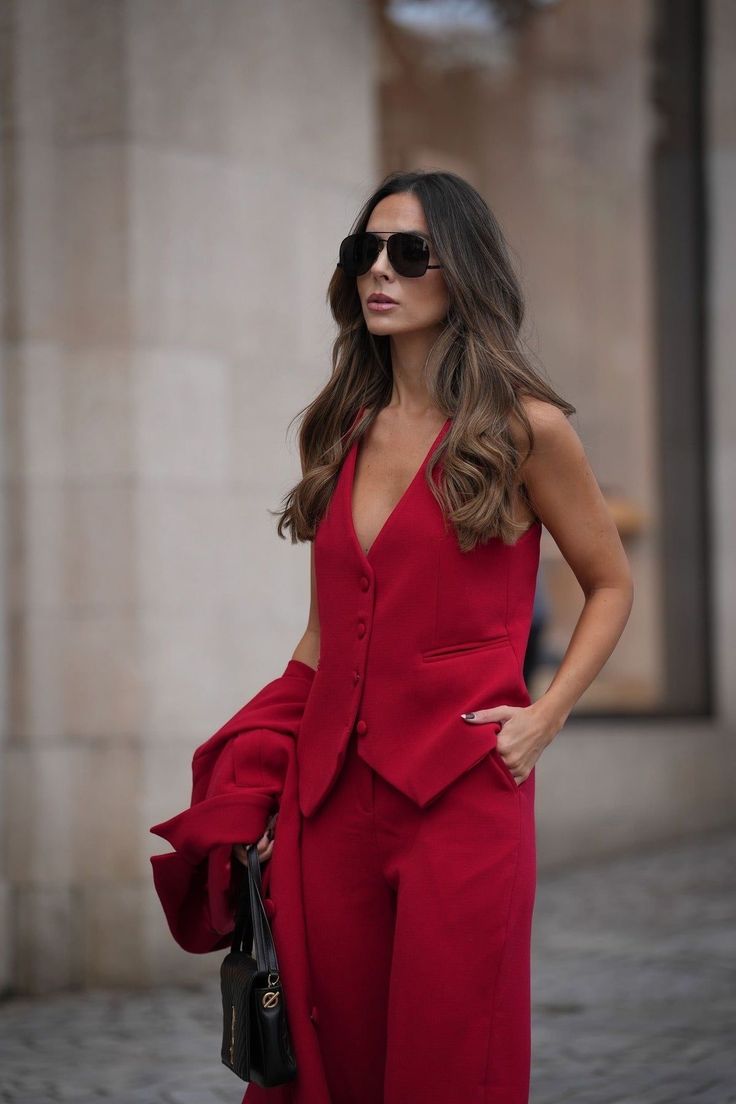
Blue , A color associated with calmness, stability, and trust. Lighter shades of blue promote relaxation, while deeper hues like navy convey professionalism and authority. It’s a go-to color for business settings and creating a sense of reliability.
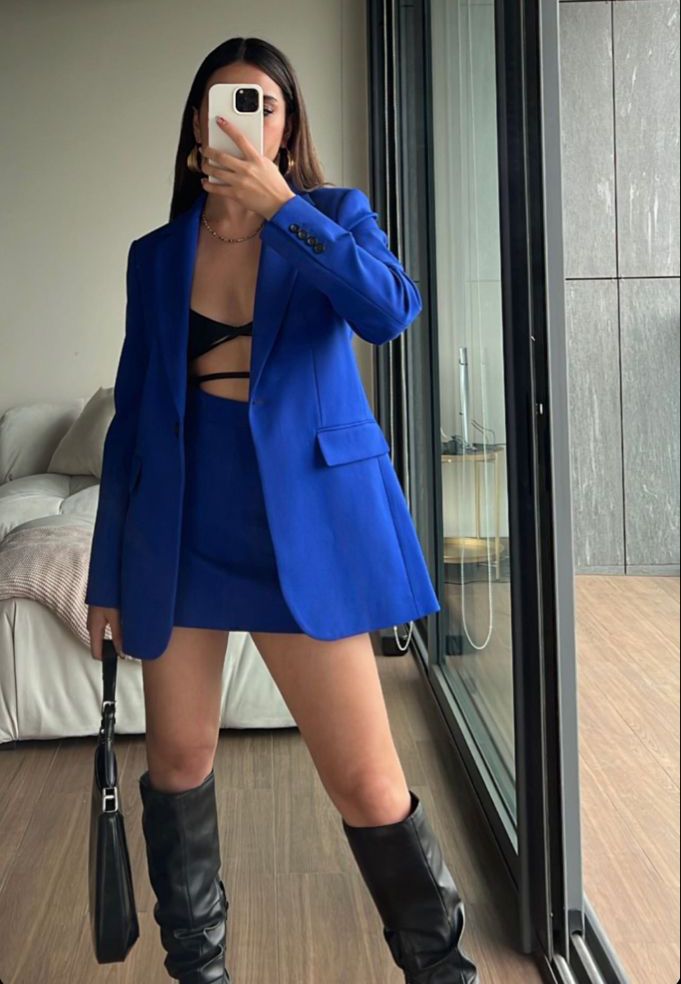
Black ,Timeless, sophisticated, and strong. Black is often associated with elegance, power, and mystery, It’s a staple in professional and formal wear, making the wearer appear polished and put, together.
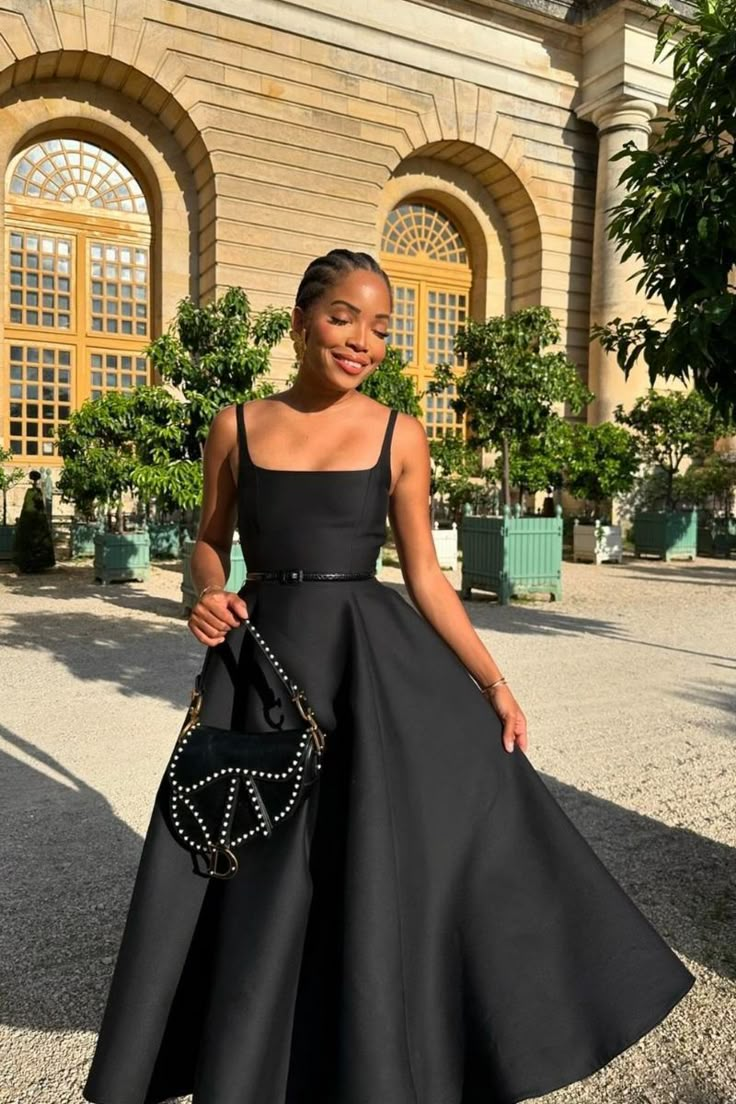
White Clean, fresh, and minimal. White symbolizes simplicity and purity, making it a great choice for effortless, modern looks. It’s often associated with a clear, fresh start,think of a crisp white button-down or a flowy summer dress.
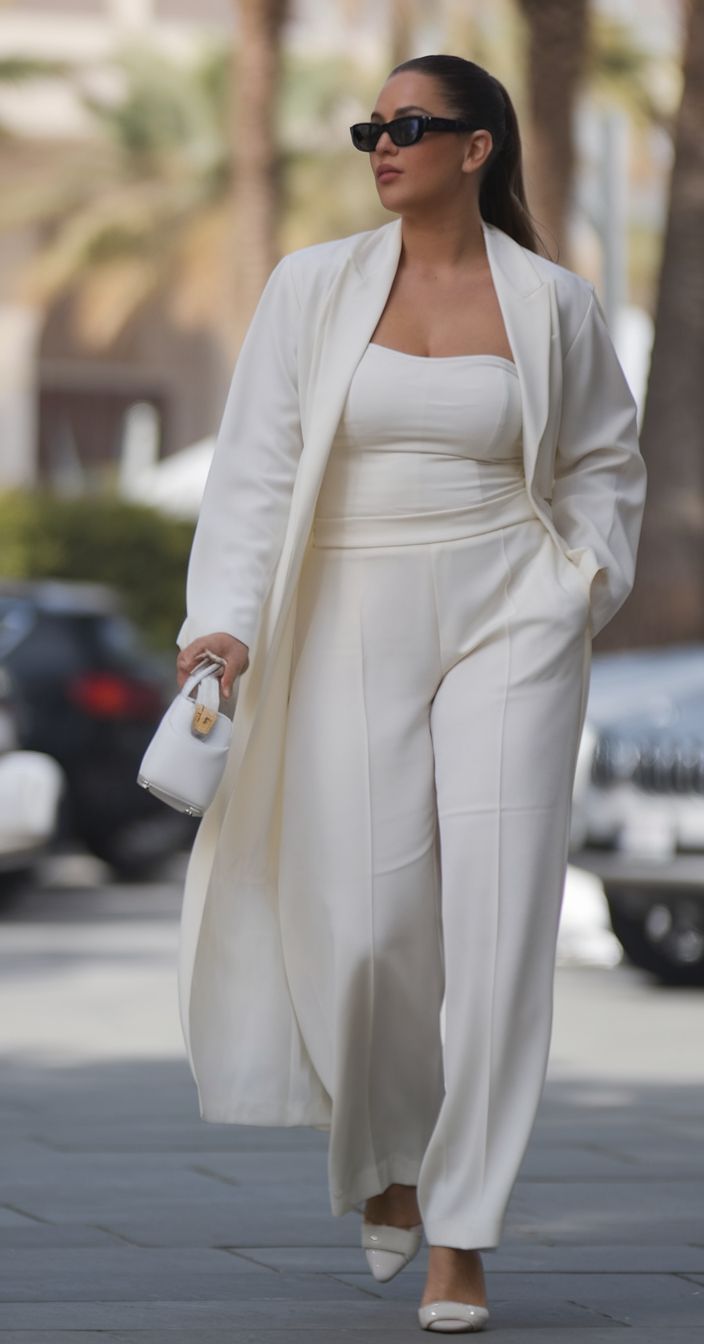
Yellow, The happiest color in the spectrum! Yellow is linked to positivity, creativity, and warmth. Wearing yellow can boost your mood and radiate optimism, making it a great choice for days when you need an energy boost.
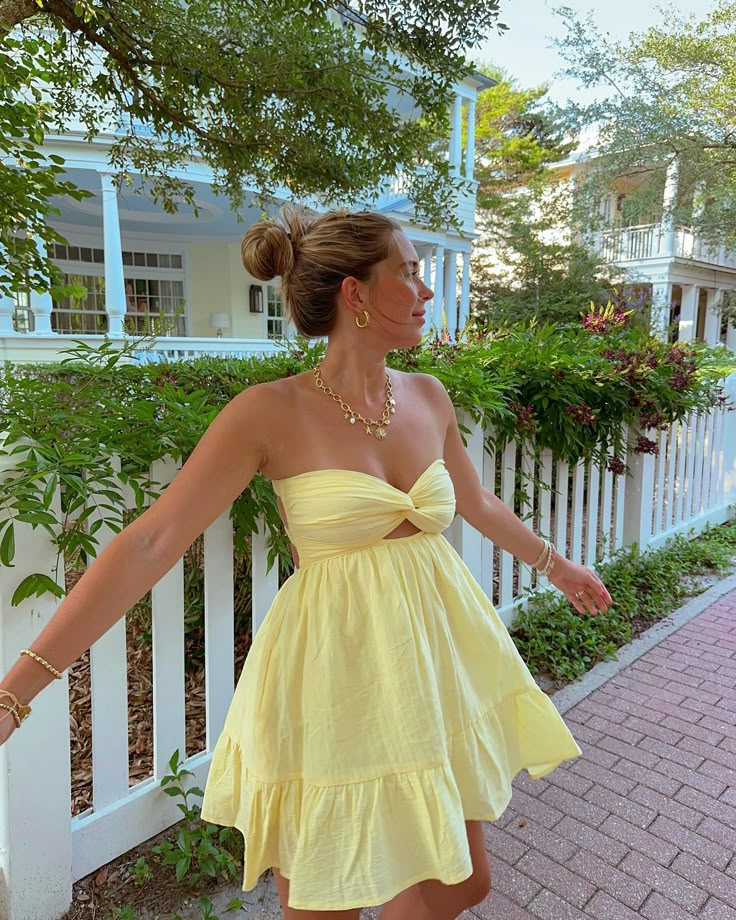
Green , A color of balance, renewal, and growth. Green is associated with nature and harmony, making it a soothing choice. Earthy tones like olive and forest green create a grounded, relaxed feel.
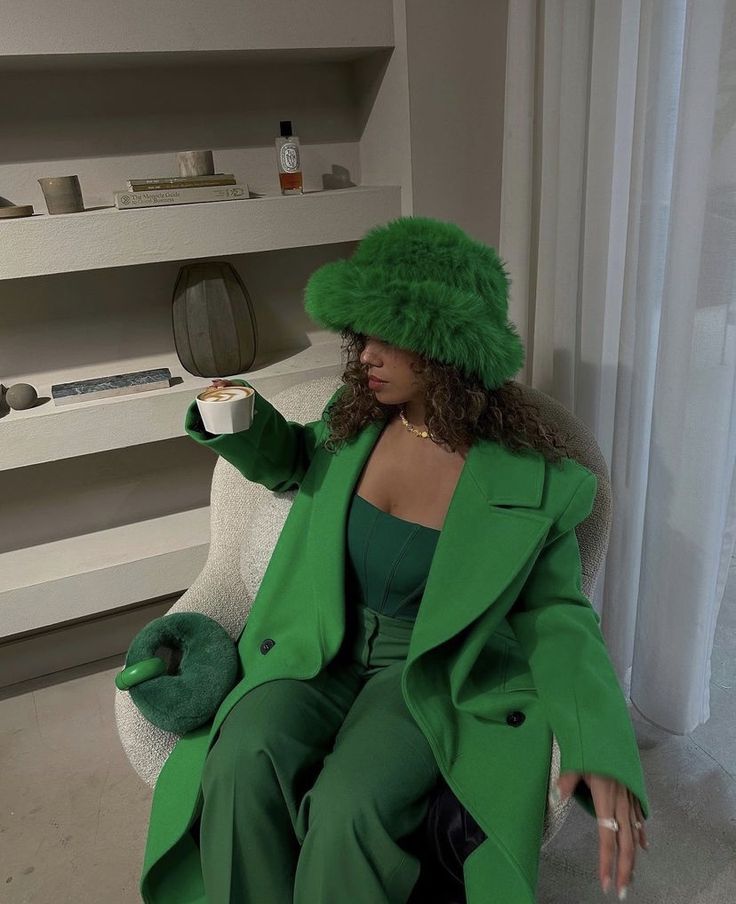
Pink , A versatile color that can range from soft and romantic to bold and playful. Lighter pinks evoke femininity and gentleness, while hot pink exudes confidence and fun
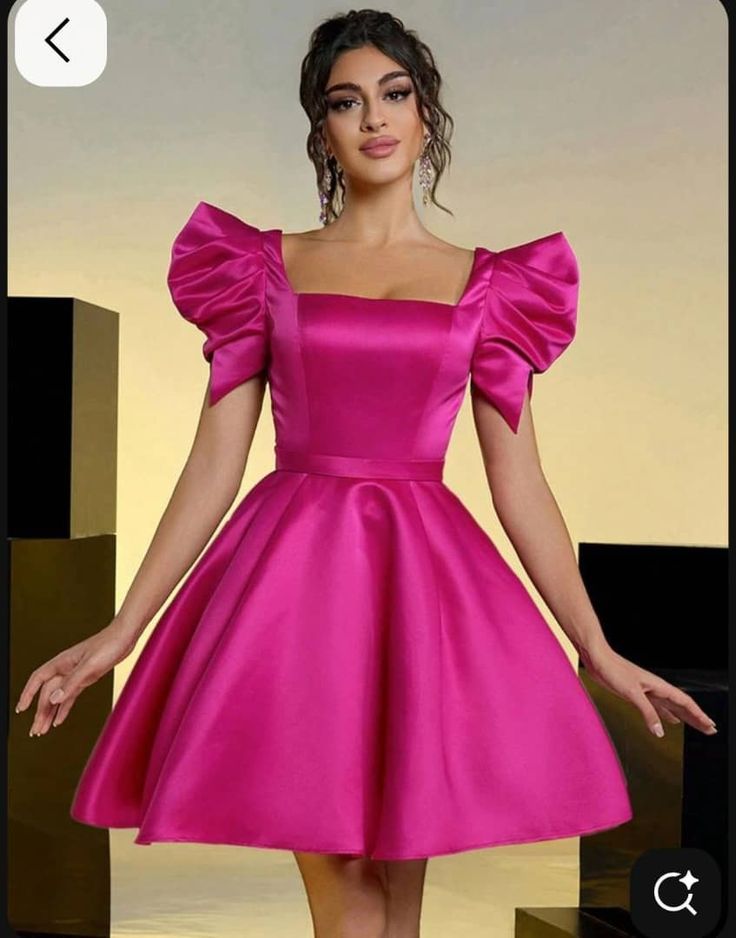
Purple , Often linked to creativity and luxury. Deep purples like royal purple symbolize sophistication, while pastel purples like lavender bring a dreamy, calming vibe.
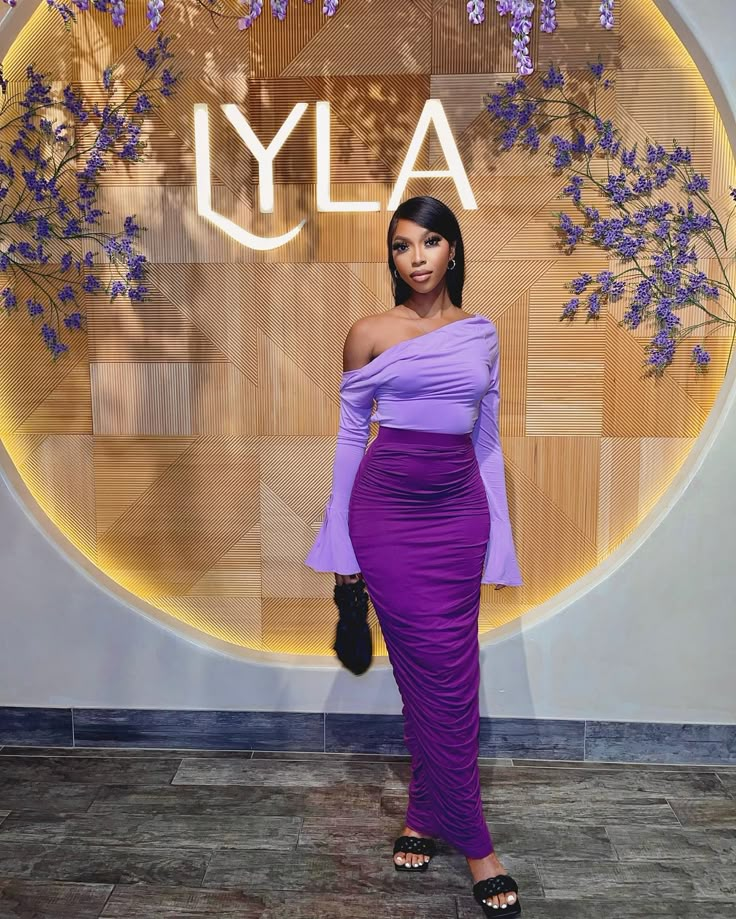
The Psychology Behind Power Dressing
Ever heard of the phrase “dress for success”? Power dressing is all about using fashion specifically colors, silhouettes, and accessories, to exude confidence and authority. Here’s how different colors influence power dressing:
Red: Worn by leaders and trailblazers, red is a go-to for making a strong impression. A red blazer, dress, or lipstick can instantly boost confidence.
Black: The ultimate color for sophistication and authority. Black is often worn in high-power positions because it commands respect. Think of the classic black suit or little black dress.
Blue: A safe and strategic choice for business meetings and interviews. It conveys trust and dependability without being overpowering.
White: Gives off an air of precision and cleanliness. A structured white outfit (like a blazer or tailored trousers) can create a polished, fresh look.
Using Color Theory to Enhance Mood and Self-Expression
You can use color psychology to your advantage by choosing outfits based on how you want to feel or be perceived. If you’re feeling low energy, adding pops of bright colors like yellow or orange can instantly lift your mood. On days when you need extra confidence, reach for red or black. And if you’re aiming for a relaxed, peaceful vibe, soft blues and greens will do the trick.
Fashion is a form of visual storytelling, and colors are a key part of that narrative. By being mindful of color choices, you can not only express yourself more authentically but also influence your emotions and how others respond to you.
So next time you pick out an outfit, ask yourself: What mood do I want to set today?
Fashion as a Tool for Self-Expression and Emotional Well-Being
Have you ever put on an outfit and instantly felt like the best version of yourself?
That’s the power of fashion, it’s more than just clothing; it’s a form of self-expression and a tool for emotional well-being. The way we dress can reflect our personality, boost our confidence, and even uplift our mood.
Let’s dive into how personal style influences our emotions and overall mental wellbeing.
How Personal Style Expresses Identity and emotions
Fashion is like a language, it allows us to communicate who we are without saying a word. The colors we wear, the silhouettes we gravitate toward, and the styles we choose all tell a story about our personality, mood, and identity.
Bold and Vibrant Looks , Wearing statement pieces, bright colors, and unique patterns often reflects confidence, creativity, and a fun-loving personality.
Minimalist and Neutral Styles , Those who prefer classic, neutral-toned outfits often value simplicity, sophistication, and timeless elegance.
Edgy and Alternative Fashion ,Leather jackets, combat boots, and dark hues can reflect a rebellious, confident, or artistic side.
Comfort-First Approach , If cozy, relaxed fits are your go-to, it may signal a love for ease, mindfulness, and self-care.
Your wardrobe is a way to tell the world who you are and how you’re feeling. Some people even use fashion as a tool to express different aspects of their personality, dressing boldly on days they need a confidence boost or opting for cozy neutrals when they want to feel grounded.
The Link Between Dressing Up and Mental Well-Being
There’s a reason why putting on a well-curated outfit can make you feel instantly better. Research shows that how we dress affects our self-perception, confidence, and overall mood. Here’s how:
Dressing Well Boosts Confidence , When you look good, you feel good. Wearing clothes that make you feel put together and stylish enhances self-esteem and helps you carry yourself with more confidence.
Fashion as a Mood Booster , Just like music or scents, clothing can be linked to emotions. Wearing something you love can trigger positive feelings and uplift your spirits.
Routine and Self-Care , Taking the time to dress intentionally, even on low-energy days, can be a form of self-care. It signals to your brain that you’re prioritizing yourself, which can create a sense of normalcy and routine.
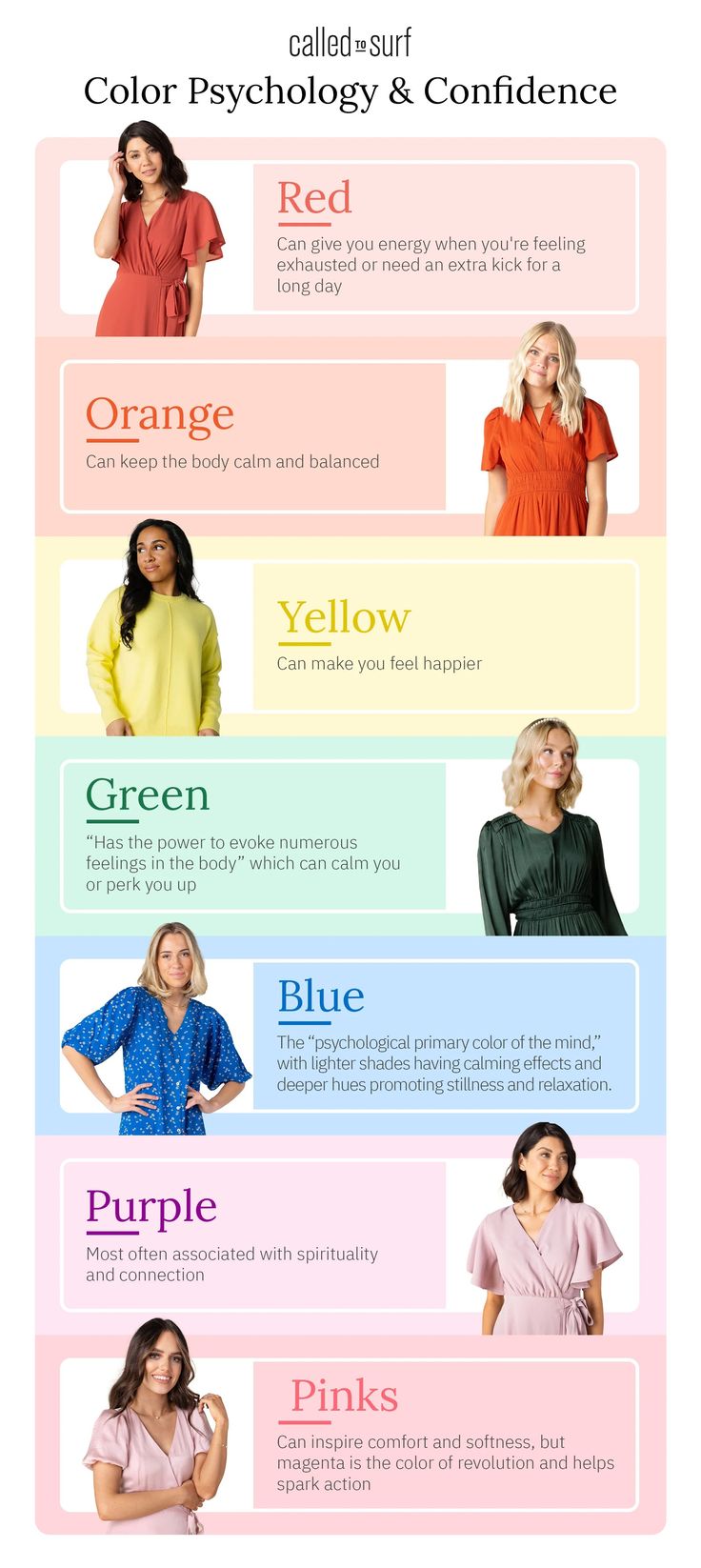
The Dopamine Dressing Trend: Wearing Joyful Fashion
Dopamine dressing is a growing trend in fashion psychology that focuses on wearing clothes that make you happy. The idea is simple: certain colors, textures, and outfits can spark joy and boost serotonin (the “happy” hormone).
Bright Colors for Energy: Wearing shades like yellow, orange, or pink can help lift your mood and give you a dose of positivity.
Fun Prints and Playful Styles: Patterns like florals, polka dots, or quirky graphic tees can evoke a sense of fun and creativity.
Favorite Outfits for Comfort: Whether it’s a well-loved sweater or a statement dress, wearing something that makes you feel good enhances emotional well-being Fashion isn’t just about trends, it’s a powerful tool for self-expression, confidence, and emotional wellbeing. Whether you’re dressing up for an important day, choosing an outfit that reflects your mood, or experimenting with dopamine dressing, what you wear can truly shape how you feel. So next time you pick out an outfit, think about more than just style, choose something that makes you feel empowered, happy, and authentically you.
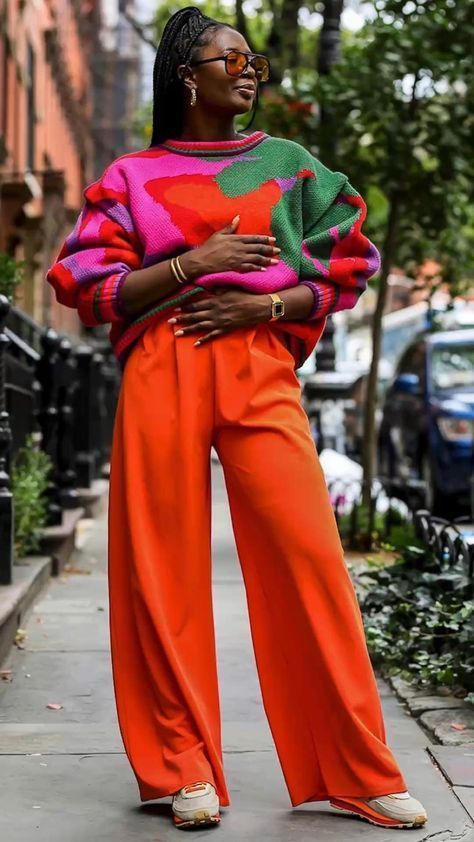
The Impact of Fashion Trends on Mental Health
Fashion trends come and go at lightning speed, thanks to social media and fast fashion. While staying on top of trends can be fun and inspiring, the pressure to constantly update your wardrobe can take a toll on mental health. From self-esteem struggles to the influence of unrealistic beauty standards, let’s explore how fashion trends impact our well-being and how to cultivate a healthier relationship with style.
The Pressure of Keeping Up with Trends
With new styles emerging every season, it’s easy to feel like your wardrobe is never “good enough.” Social media platforms like Instagram and TikTok showcase influencers and celebrities in the latest designer pieces, making it tempting to buy into every micro-trend. But constantly chasing trends can lead to:
Comparison Culture , Seeing others effortlessly pulling off the latest fashion can make you feel like you’re falling behind or not stylish enough.
financial Stress , Keeping up with trends can be expensive, leading to unnecessary spending and buyer’s remorse.
Wardrobe Overwhelm , A closet full of trendy items that don’t reflect your personal style can leave you feeling lost and unsatisfied with your fashion choices.
The Influence of Social Media on Fashion Choices and Body Image
Social media plays a huge role in shaping fashion trends and beauty standards. While it can be a great source of inspiration, it also creates unrealistic expectations of what we should look like and wear.
Filtered Perfection , Many influencers edit their photos to make outfits look more flattering, leading to distorted body image perceptions.
One-Size-Fits-All Trends , Fashion trends often cater to a specific body type, making it challenging for people with different shapes and sizes to find styles that make them feel confident.
Fast Fashion Temptation , The constant promotion of new collections encourages overconsumption, leading to impulsive purchases that don’t always align with personal style.
How to Maintain a Healthy Relationship with Fashion
Fashion should be empowering, not stressful. Here’s how to embrace trends without letting them negatively affect your mental health:
Define Your Personal Style , Instead of following every trend, focus on what makes you feel good. Build a wardrobe around timeless pieces that align with your personality.
Follow Fashion That Inspires, Not Pressures , Curate your social media feed to include accounts that celebrate body positivity, diverse styles, and sustainable fashion.
Shop Mindfully , Before jumping on a trend, ask yourself: Do I truly love this, or is it just popular right now? This helps prevent impulsive buys that you’ll regret later.
Prioritize Comfort & Confidence ,The best outfits are the ones that make you feel comfortable and confident, no matter what’s trending.
Detach Self-Worth from Fashion , What you wear should express who you are, not determine your value. True confidence comes from within, not from a designer label or the latest trend.
Trends will always come and go, but your confidence and mental well-being should never be compromised for the sake of fashion. Instead of feeling pressured to keep up, embrace a style that reflects you—one that makes you feel happy, comfortable, and confident. Fashion should be a tool for self-expression, not self-doubt.
Practical Tips for Dressing with Intention
Fashion isn’t just about following trends, it’s a powerful tool for self-expression, confidence, and even self-care. The way you dress can influence your mindset, boost your mood, and help you show up as the best version of yourself. Dressing with intention means making mindful choices about what you wear, ensuring that your wardrobe aligns with your personality, lifestyle, and mental well-being. Here’s how to do it:
Build a Wardrobe That Reflects Your Personality
Your clothing choices should feel authentic to who you are. Instead of chasing every trend, curate a wardrobe that makes you feel comfortable and confident.
Identify Your Signature Style , Are you drawn to classic, minimalist, edgy, or bohemian fashion? Find what resonates with you.
Choose Colors That Boost Your Mood , Experiment with colors that make you feel happy and empowered (think dopamine dressing!).
Prioritize Comfort Without Sacrificing Style , Feeling good in your clothes is just as important as looking good.
Dress in a Way That Makes You Feel Confident and Empowered
Confidence starts from within, but the right outfit can definitely enhance it.
Wear Clothes That Fit Well , A perfect fit makes all the difference in how you feel.
Incorporate Power Pieces , Whether it’s a tailored blazer, bold red lipstick, or a statement accessory, find that one piece that makes you feel unstoppable.
Dress for the Occasion (and Your Mood) Wearing an outfit that aligns with your day’s plans can set the tone for success.
Use Fashion as a Daily Tool for Motivation and Self Care
Fashion is a form of self-care, taking time to dress well can positively impact your mental state.
Create a Stress-Free Wardrobe , Organize your closet in a way that makes getting dressed easier and more enjoyable.
Plan Your Outfits in Advance , Having go-to outfits ready can reduce decision fatigue and start your day on a positive note.
Embrace the “Look Good, Feel Good” Mentality , Even on tough days, putting on an outfit you love can give you a mental boost.
Fashion and psychology are more connected than we often realize. The clothes we wear influence our mood, confidence, and even how others perceive us. From the power of color psychology to the way certain outfits can boost our self-esteem, fashion isn’t just about aesthetics it’s a reflection of our mindset and emotions.
Leave a Reply